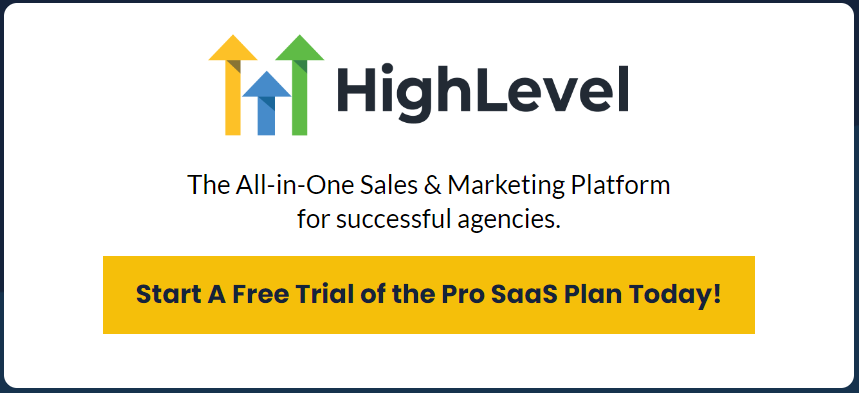Guide: Creating Custom Dashboard Widgets for Your Website
Introduction:
Creating custom dashboard widgets for your website is a fantastic way to personalize your user experience and make your business stand out. In this article, I will show you how to customize GoHighLevel dashboards with widgets to meet your specific business needs. Using a step-by-step demonstration, I will guide you through building a sales dashboard using a chiropractor business example. Additionally, I will explain features such as ‘Date Range Override,’ setting dashboards as private or public, and embedding Google Sheets. Let’s dive in!
Step 1 – Accessing the GoHighLevel Dashboard:
To begin customizing your dashboard, log in to your GoHighLevel account and navigate to the dashboard section.
Step 2 – Adding Widgets:
Once you’re on the dashboard, you can start adding widgets to enhance and personalize your user experience. The widgets available can include things like sales data, lead generation, appointment scheduling, and more. Simply click on the “Add Widget” button to explore the options.
Step 3 – Customizing Widgets:
After selecting a widget, you will have the ability to customize it according to your preferences and business requirements. This includes adjusting the size, color, and position of the widget on your dashboard.
Step 4 – ‘Date Range Override’ Feature:
GoHighLevel also offers a handy ‘Date Range Override’ feature that allows you to specify a custom date range for your widgets. This is particularly useful when analyzing and comparing data over specific time periods. Simply click on the settings icon within the widget and choose the desired date range.
Step 5 – Setting Dashboards as Private or Public:
You have the option to set your dashboards as private or public, depending on who you want to share the data with. If you’re looking to collaborate with team members or share the dashboard with clients, you can set it as public. Conversely, if you want to keep the data confidential, set it as private.
Step 6 – Embedding Google Sheets:
GoHighLevel also allows you to embed Google Sheets directly into your dashboard. This feature is incredibly powerful as it enables you to display real-time data from your Google Sheet within your customized dashboard. To embed a Google Sheet, click on the “Add Widget” button, select ‘Google Sheets,’ and follow the prompts to connect your sheet.
Conclusion:
By following these step-by-step instructions, you can create custom dashboard widgets that cater to your particular business needs. Whether you’re a chiropractor, a real estate agent, or a marketing agency, GoHighLevel provides the flexibility and versatility to tailor your dashboard to your liking. So, start exploring different widgets, utilize the ‘Date Range Override’ feature, set your dashboards, and embed Google Sheets to showcase your business data in a visually appealing and informative manner. Get creative and make your dashboard truly your own!
Remember, your website’s success lies in your ability to provide a unique and personalized experience for your users. Custom dashboard widgets are an excellent way to achieve just that. Start customizing today and watch your business flourish.


